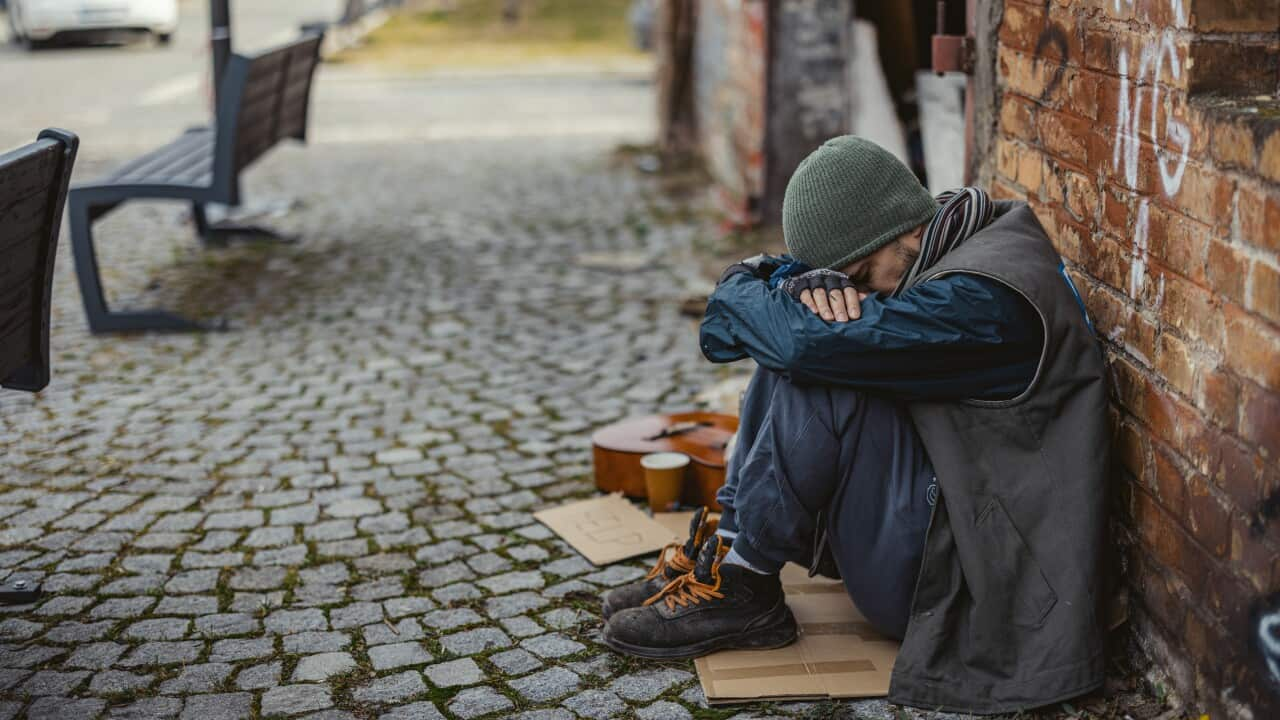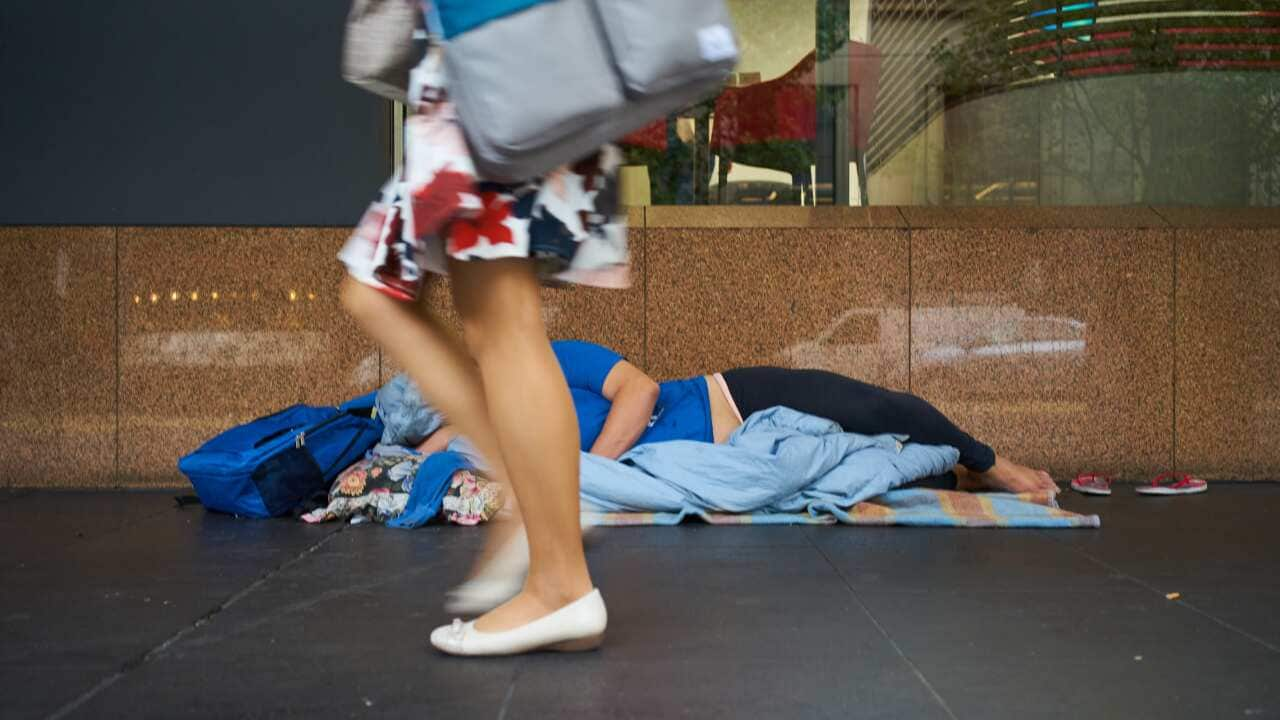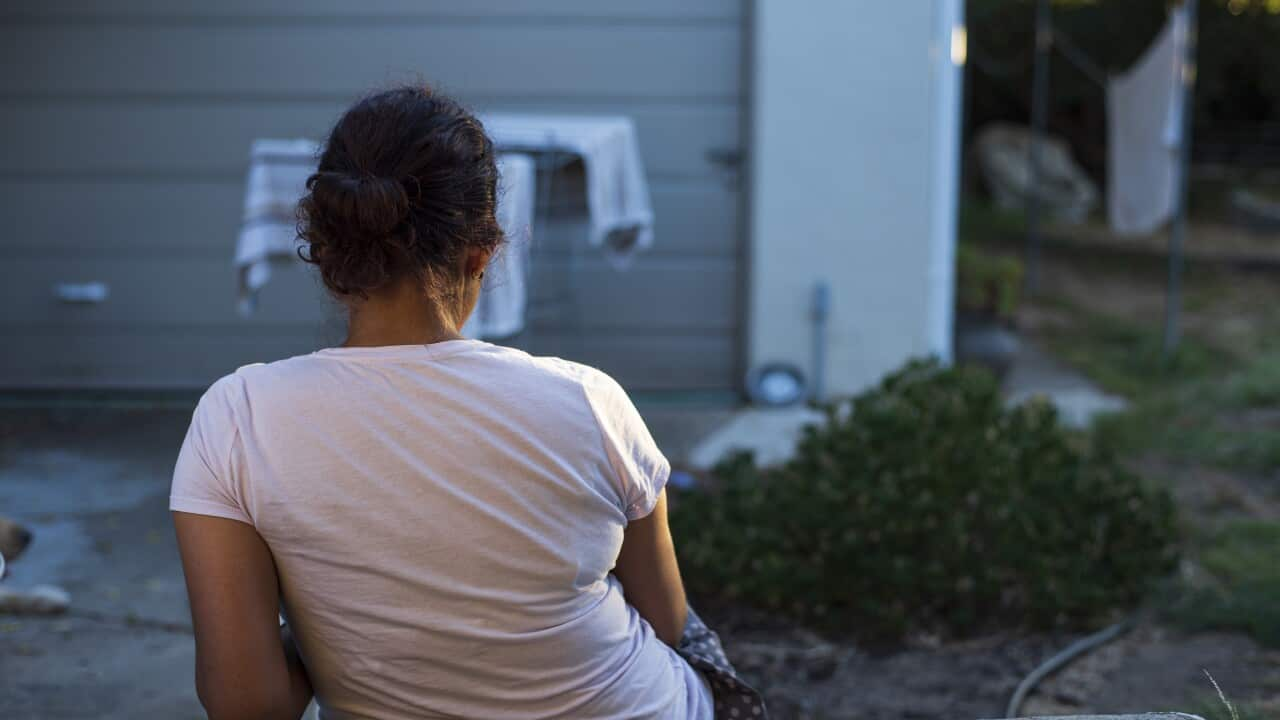Tyrah Chan-Hampton experienced housing insecurity throughout her youth, but it took her a long time to identify with the word 'homeless'.
She entered the care sector when she was 11 and was placed in kinship care with her aunt. They experienced homelessness, lived in a refuge, and then with extended family, where she shared a bed with her sister and cousin.
She said she had often felt embarrassed due to the stigma attached to homelessness and housing insecurity.
"I struggled a lot with shame for a long time ... it still sometimes stings just to say it," she said.
Chan-Hampton, who is a proud Wiradjuri woman, said when she was younger she did not believe she was experiencing homelessness.
"When you think about First Nations households, it's very common for you to be living with your cousins or living with family members," she said.
"Even when my mum struggled with domestic violence and had to leave her house with me and my siblings, we never thought that was experiencing homelessness ... there's so much stigma around it and so much shame [surrounding] the word homelessness that many of us didn't want to identify with that."

Tyrah Chan-Hampton has experienced homelessness and housing insecurity. Source: Supplied
Youth homelessness across Australia
More than 122,000 people experience homelessness on any given night in Australia each year, according to the Australian Bureau of Statistics.
And according to the Australian Institute of Health and Welfare's 2023-24 , 38,600 people aged 16-24 sought help from homelessness services alone.
New analysis by the Foyer Foundation, an organisation that supports people experiencing or at risk of homelessness, has identified the 20 hotspots across the country where people aged 16 to 24 are without a home or struggling to find a place to live.

Analysis from the Foyer Foundation has identified the hotspots for youth homelessness in Australia. Source: SBS News
The Northern Territory outback, New England and North West NSW, Illawarra, and Western Australia outback (north) rounded out the top five. Areas from all states and territories were included in the top 20.
Corin Moffatt, co-CEO of the Foyer Foundation, said the analysis considered the number of young people experiencing homelessness, rates of youth unemployment, and rates of finishing high school.
"What we see when we look at that list is quite a diversity of areas that are experiencing that combination of challenges for young people," she said.
"We see a mix of regional centres, some more remote communities, and some inner metropolitan areas ... so I think what it shows is that the problem is very widespread and young people across the country are facing these challenges."

The homelessness hotspots include rural, regional and metropolitan areas. Source: SBS News
What is behind the youth homelessness crisis?
Moffat said there are several factors contributing to youth homelessness in Australia, including the soaring cost of living, lack of affordable housing, and high rates of domestic violence.
"Adults on double incomes are struggling to afford housing, let alone young people who struggle to earn a livable income in many instances," she said.
"It's very hard for many young people to have safe and secure accommodation, and if you don't have that, you can't finish school, you can't study, you can't hold down a job ... when those factors come together, it makes it very hard for far too many young people at the moment."
Now, Foyer is calling on the government to fund additional youth foyers and medium-term housing to support young people and provide a pathway out of homelessness.
Youth foyers offer transitional housing for people aged 16 to 25 for up to two years and provide them with stable accommodation, access to youth workers, and support pursuing education or employment.
Moffat said while many young people access crisis centres or emergency support services, there is not enough ongoing support.
"Beyond crisis services, young people also need medium and longer-term housing options and there are not enough services there," she said.
"And so what we see too often is young people cycling through crisis services because there's no pathway for them out of the system."
David MacKenzie is an associate professor at the University of South Australia and CEO of Upstream Australia, a change agency with a focus on youth homelessness.
He believes there should also be more focus on prevention, which can include housing assistance, mental health support, and working with schools to support vulnerable students.
"The work you do at an early stage, prevention, that's better than having to fight to do the cure later on," he said.
"If we don't act to prevent it and to reduce the flow of people and young people in particular into homelessness, then the problem continues."
MacKenzie said experiencing homelessness in teenage years or early adulthood can have lifelong impacts.
"If you're a 15-year-old and things start to go wrong for you and there's no one there to help you, no one there to support you, no one to help you get your life back in order, you may well face long-term disadvantage in so many ways," he said.
'Absolutely nowhere to go'
Now 23, Chan-Hampton has graduated from university with a degree in social work, and does advocacy across Australia.
She said being supported by her case worker and securing a place in a youth foyer for two years changed her life.
Without support services, she believes it is virtually impossible for young people living in unstable or unsafe environments to find secure housing.
"People are staying in unsafe environments just because they have absolutely nowhere to go," she said.
"You have young people living in their cars and living on the street, living in crisis accommodation, trying so hard to get out of it, but there's just genuinely nothing available for that young person to go to."
What is the government doing?
In a statement to SBS News, a Department of Social Services spokesperson said addressing homelessness required long-term, systematic effort across all levels of government, the housing and homelessness support sectors and the broader community.
"The government is committed to an ambitious housing and homelessness reform agenda," the spokesperson said.
"As part of this, the government is making significant investments to support people who are homeless or at risk of homelessness. This includes young people who are at risk of, or who are experiencing, homelessness."
The spokesperson said the government, under the National Agreement on Social Housing and Homelessness, was providing $9.3 billion to state and territory governments to help people experiencing or at risk of homelessness, and to support the operation of Australia's social housing and homelessness services sectors.
They said the government was also investing $91.7 million in youth homelessness prevention services through the Reconnect Program, a community-based early intervention and prevention program.
They added that the National Housing Infrastructure Facility has also received an additional $1 billion in federal funding to support crisis and transitional accommodation for women and children experiencing domestic violence, and for youth experiencing or at risk of homelessness.




